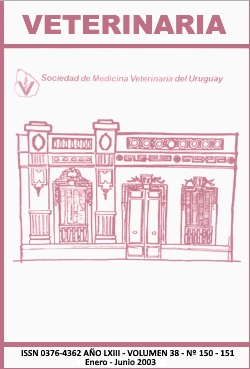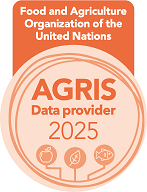Effect of two levels of concentrate supply and body condition at calving on production and reproduction of dairy cattle
Keywords:
Body condition, Concentrate, Pasture, Milk productionAbstract
Interactions between milk yield level, feeding and body condition score in early lactation make difficult to understand the results related to milk production and reproduction. With the objective of studying the relation between the variables of body condition at calving (BCC), body condition lost (BCL), body condition during lactation (BCDL), concentrate offered postpartum (COP), milk yield (MY), milk fat percentage (MFP), and protein and the reset of ovarian activity postpartum (ROAP), an experiment was done. Forty multiparous Holstein cows with milk production levels of previous lactations between 4500 and 6500 lt were randomly assigned yto two groups of twenty cows each, to which 4 and 7 kg of concentrate/cow/day respectively from parturition to the 75th day of lactation were administered. Forages offered were of good quality and disposal. MY was associated to BCC but not to COP, MFP was affected by COP, being lesser for cows that received a bigger concentrate offer, although these showed a higher BCDL, what should be explained because of a higher propionic-acetic rate. BCL was the unique variable related to ROAP.











